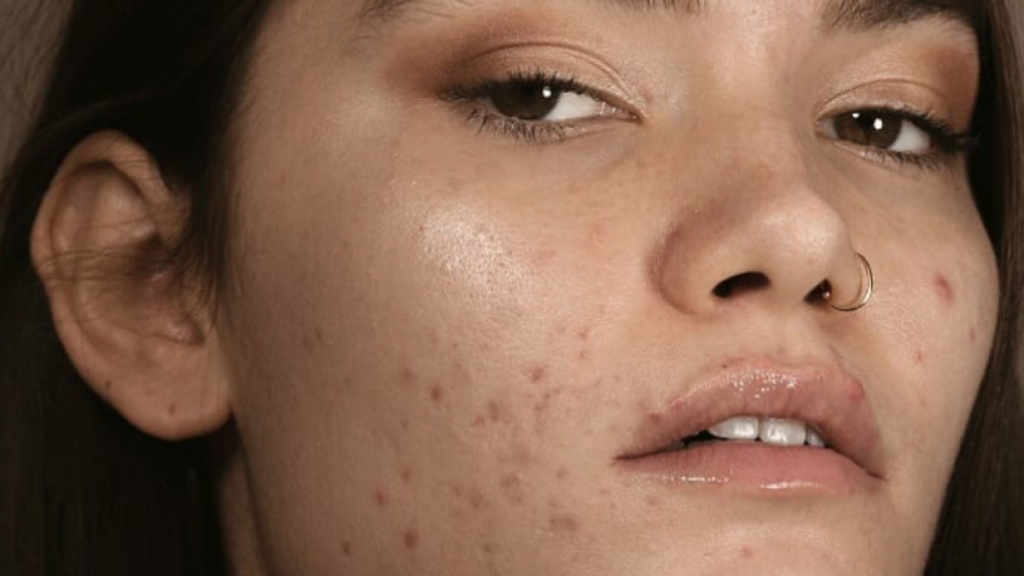Achieving radiant, healthy skin is often the ultimate goal for many. A well-structured skincare routine is not one-size-fits-all. It requires personalization, patience, and consistency. In this blog post, we will explore an in-depth guide on creating a skin routine that maximizes your skin’s potential while addressing common concerns such as dryness, oiliness, uvb therapy, acne, and aging.
Understanding Your Skin Type
Before diving into products and routines, it’s crucial to identify your skin type: normal, oily, dry, combination, or sensitive. Knowing your skin type helps tailor a routine that avoids irritation while combating specific issues effectively.
- Normal Skin: Characterized by a balanced complexion, normal skin requires gentle products that maintain natural oils and hydration.
- Oily Skin: This skin type is prone to shininess and excess sebum production, often associated with enlarged pores and acne.
- Dry Skin: Lacks moisture, resulting in flakiness, tightness, and a dull appearance. Hydrating products are essential.
- Combination Skin: Features both oily and dry areas, typically with an oily T-zone (forehead, nose, chin) and drier cheeks.
- Sensitive Skin: Easily irritated by environmental factors, products must be non-irritating and free from harsh chemicals.
Morning Routine
- Cleansing: Start with a gentle, hydrating cleanser suitable for your skin type. Cleansing removes overnight impurities and prepares your skin for the day. Oily skin types may benefit from a foaming cleanser, while cream cleansers are ideal for dry skin.
- Toning: Use an alcohol-free toner to balance skin pH and remove residual impurities. Toners for oily skin may include witch hazel or tea tree oil, while soothing toners with chamomile or aloe vera work well for sensitive skin.
- Serums and Treatments: Target specific skin concerns with lightweight serums. Vitamin C serums brighten and provide antioxidant protection, while hyaluronic acid hydrates and plumps the skin. For acne-prone skin, niacinamide or salicylic acid serums are beneficial.
- Moisturizing: Apply a lightweight, non-comedogenic moisturizer to lock in hydration. Use oil-free formulas for oily skin and richer creams for dry skin. Combination skin may need two different types for varying areas.
- Sun Protection: Finish with a broad-spectrum SPF 30 or higher sunscreen to protect against UV damage, the primary cause of premature aging. Opt for mineral-based sunscreens for sensitive or acne-prone skin.
Evening Routine
- Makeup Removal and Double Cleansing: Remove makeup with micellar water or an oil-based cleanser before your regular cleanser. Double cleansing ensures all residual makeup and impurities are thoroughly removed.
- Cleansing: Repeat the morning cleanser to remove the day’s dirt and oil. Gentle cleansing at night is key to maintaining skin health.
- Exfoliation (2-3 times a week): Incorporate chemical exfoliants like AHA or BHA, which dissolve dead skin cells and promote cell turnover. Avoid physical scrubs that can cause microtears and irritation.
- Toning: Apply a soothing toner to prep the skin for nighttime treatments.
- Night Serums and Treatments: Nighttime is when the skin undergoes repair, making it ideal for retinol or peptide treatments to fight signs of aging. Alternate with hydrating serums to maintain moisture balance.
- Eye Cream: Use an eye cream with peptides or caffeine to target dark circles and puffiness.
- Moisturizing: Night creams or sleeping masks provide intense hydration overnight. Look for products containing ceramides, squalane, or glycerin to lock in moisture.
- Overnight Masks: Once a week, indulge in an overnight mask to give your skin an extra boost of nourishment.
Weekly Additions
- Face Masks: Based on your skin type, incorporate masks 2-3 times a week. Clay masks detoxify and reduce shine and whiteheads on oily skin, hydrating masks replenish dry skin, and soothing masks calm sensitive skin.
- Facial Oils: For added moisture, especially in winter, use facial oils at night to seal hydration. Choices like argan or jojoba oil are non-comedogenic and beneficial for most skin types.
- Microneedling or Facial Tools: Implement tools like gua sha, facial rollers or microneedling to enhance product absorption and improve skin texture. Use these tools responsibly and after thorough cleansing.
Lifestyle Tips for Skin Health
- Hydrate: Drink plenty of water to maintain skin moisture from within.
- Diet: A diet rich in antioxidants, omega-3 fatty acids, and vitamins can support skin health. Incorporate foods like berries, nuts, and leafy greens.
- Sleep: Lack of sleep can lead to dull skin and pronounced signs of aging, so aim for 7-9 hours of quality sleep.
- Exercise: Regular physical activity improves circulation, which in turn promotes glowing skin.
- Stress Management: Practice yoga, meditation, or other stress-relieving activities to minimize skin flare-ups linked to stress.
Conclusion
Building the perfect skin routine is a journey that requires understanding your skin’s unique needs and being open to adjustments as those needs change. Consistency is the cornerstone of effective skincare, and while results may take time to materialize, long-term benefits to your skin’s health and appearance are well worth the commitment. Always remember, a patch test is crucial when trying new products to prevent adverse reactions, and professional consultation can provide personalized advice suited to your skincare goals. By following these guidelines, you’re on the path to achieving radiant, healthy skin, ensuring you feel confident and vibrant every day.

Silvia Malgot is a renowned author and expert in the fields of skincare and beauty, with over a decade of experience researching and writing about effective treatments, holistic approaches, and innovative technologies. Her passion for empowering individuals to feel confident in their own skin has driven her to explore cutting-edge solutions and timeless traditions in skincare.
Silvia has contributed to several leading health and beauty publications, providing insights into trends, product recommendations, and practical advice grounded in science. Her approachable yet detail-oriented style has made her a trusted voice for readers seeking clarity in an overwhelming industry. When she’s not writing, Silvia actively participates in workshops and seminars, sharing her knowledge and inspiring others to prioritize self-care through sustainable, informed practices.


